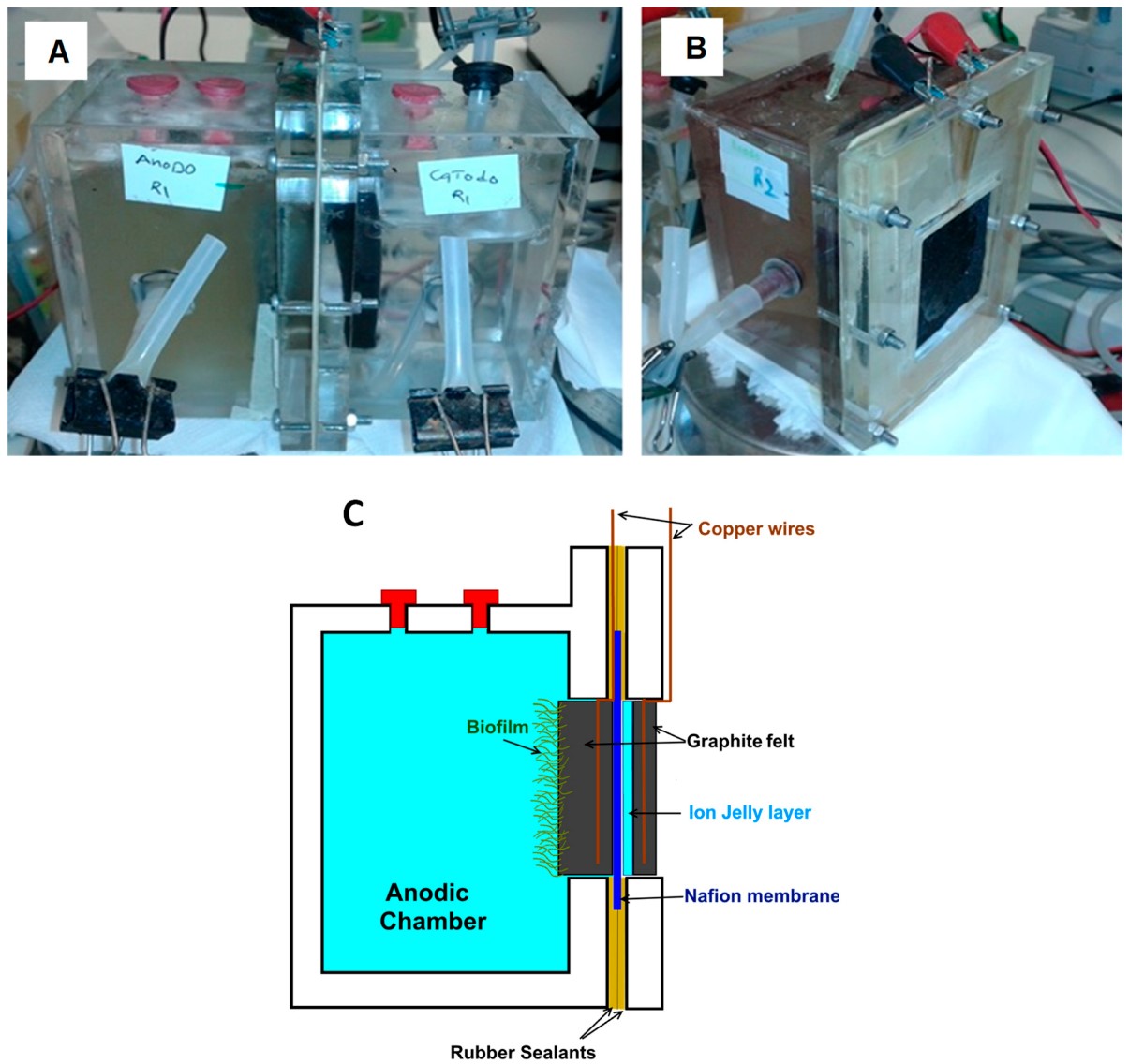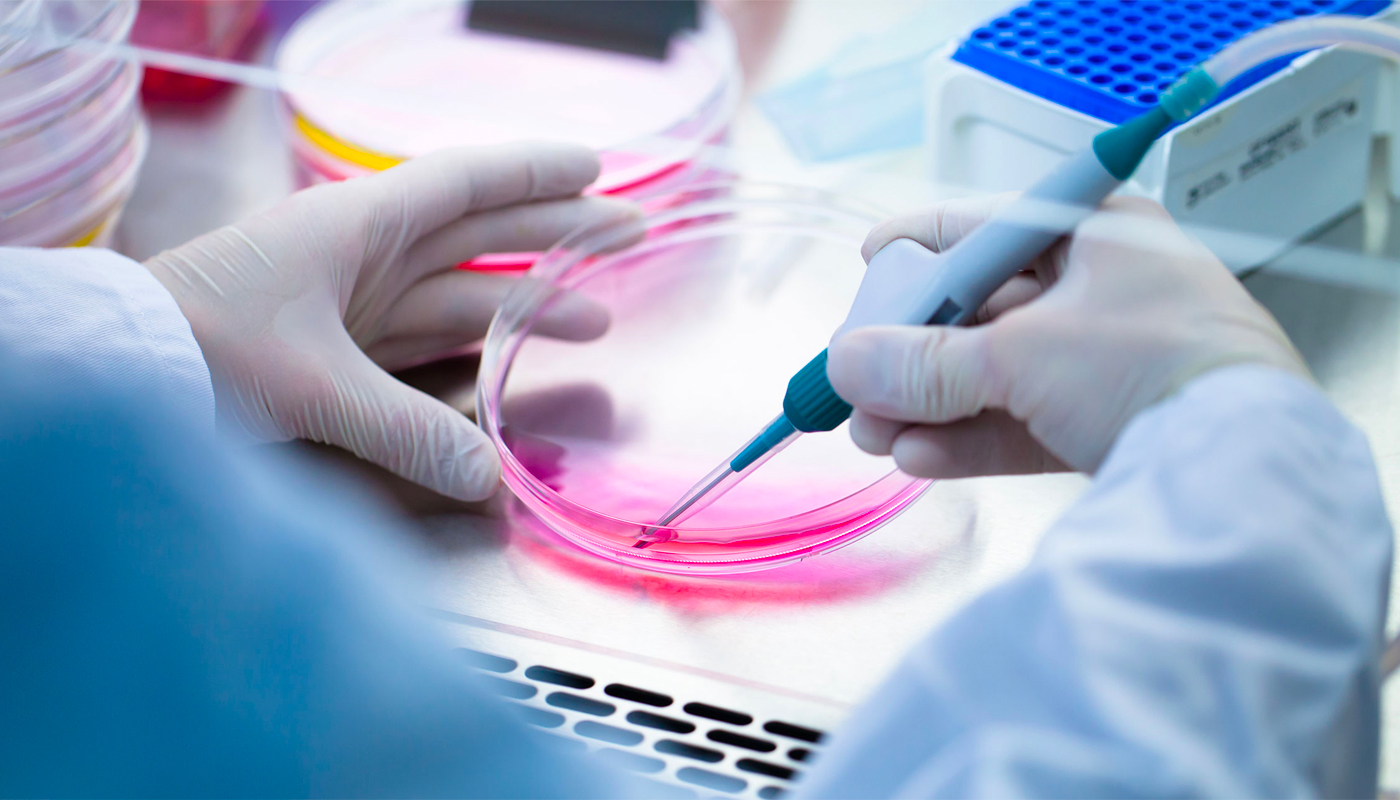Design and Optimization of Microbial Fuel Cells and Evaluation of a New Air-Breathing Cathode Based on Carbon Felt Modified with a Hydrogel—Ion Jelly®

The increased demand for alternative sustainable energy sources has boosted research in the field of fuel cells (FC). Among these, microbial fuel cells (MFC), based on microbial anodes and different types of cathodes, have been the subject of renewed interest due to their ability to simultaneously perform wastewater treatment and bioelectricity generation. In a recent publication of the research team led by Luis Fonseca (iBB, DBE), in collaboration with the BSRG members Jorge H. Leitão and Sílvia A. Sousa, and Cristina Cordas from LAQV-REQUIMTE (U. Nova Lisboa), the design and optimization of MFC performance and evaluation of a hydrogel (Ion Jelly®) modified air-breathing cathode, with and without an immobilized laccase enzyme, were reported. This MFC configuration was also compared with other MFC configuration performances, namely abiotic and biocathodes, concerning wastewater treatment and electricity generation. Similar efficiencies in COD reduction, voltage (375 mV), PD (48 mW/m2), CD (130 mA/m2), and OCP (534 mV) were obtained. The results point out the important role of Ion Jelly® in improving the MFC air-breathing cathode performance as it has the advantage that its electroconductivity properties can be designed before modifying the cathode electrodes. The biofilm on MFC anodic electrodes presented a lower microbial diversity than the wastewater treatment effluent used as inoculum, and inclusively Geobacteracea was also identified due to the high microbial selective niches constituted by MFC systems. See more.
